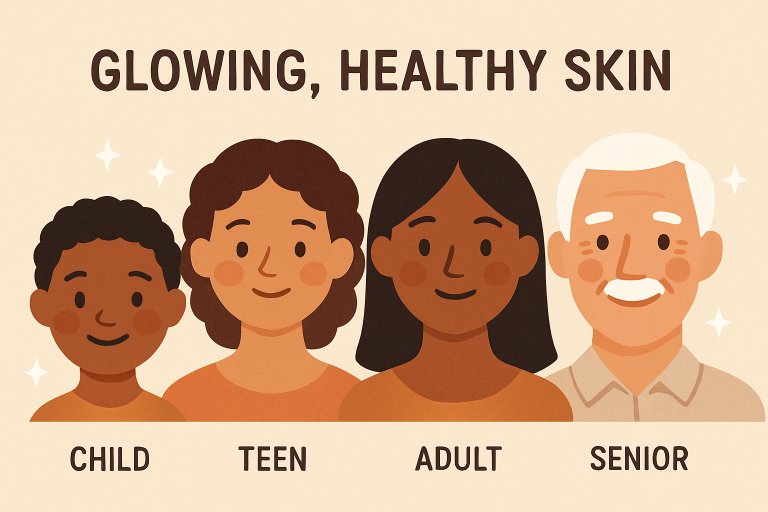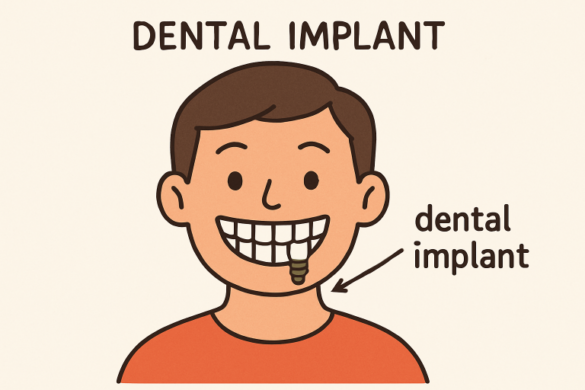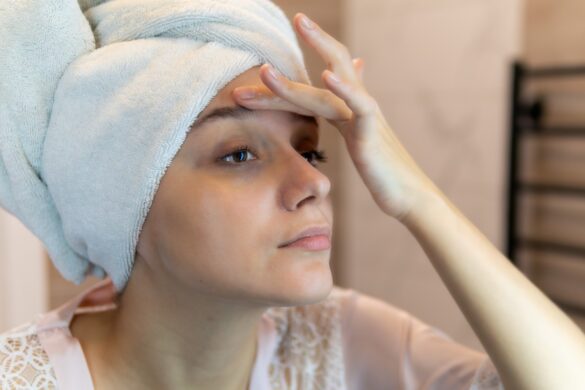Healthy skin care routines and treatments are essential in maintaining confidence and well-being at every stage of life. From adolescence to mature adulthood, individuals face unique skin concerns ranging from acne and sensitivity to fine lines and uneven tone. Advances in dermatology and cosmetic science have made it possible to address these needs safely, with approaches tailored to different age groups.
For those exploring professional treatments, guidance from a licensed esthetician can provide valuable insights into what options best suit specific skin types and conditions. Their expertise ensures that methods used are appropriate, effective, and safe, whether the goal is preventive care, hydration, or rejuvenation. By combining professional advice with consistent at-home care, individuals can support their skin’s health and appearance throughout the years.
Children and Preteens
When it comes to children and preteens, simplicity and safety take precedence. During youth, the skin barrier is still maturing, making it more prone to irritation and allergic reactions. Gentle cleansers, fragrance-free moisturizers, and broad-spectrum sunscreen form the foundation of a proper regimen. Ingredients such as sunflower seed oil and ceramides nourish without being harsh, while adult products and actives like retinoids should be strictly avoided. Overcomplicating young children’s routines risks skin disruption and long-term sensitivity.
Teenagers
Adolescent skin often experiences a surge in oiliness and acne. The trend of highly elaborate multi-step routines, popularized on social media, can backfire—leading to barrier damage, irritation, and worsening breakouts. A minimalist approach is healthiest: gentle cleansing, non-comedogenic moisturizers, and consistent sun protection. Stubborn acne should be evaluated by a dermatologist, who may recommend specific medicated treatments while ensuring the integrity of the skin barrier. Investing in science-backed advice, not just trends, will set the stage for a lifetime of skin health.
Twenties
In your twenties, skin can recover quickly from stress, but now is the time to start building a protective foundation. Antioxidants like vitamin C shield against free radical damage caused by pollution and UV light, while diligent sunscreen use prevents premature aging. It’s not necessary for most people in their twenties to use potent actives like retinoids or high-strength acids unless indicated explicitly by a skincare professional. Focus on prevention—hydration and protection are your greatest assets.
Thirties
The thirties often bring early signs of aging, such as fine lines, uneven tone, and mild collagen loss. This is a pivotal time to introduce ingredients with proven efficacy, such as retinoids and peptides, under professional guidance. Start slow with retinoids to avoid dryness and irritation, pair them with barrier-repairing moisturizers. Consulting a dermatologist for tailored advice is wise, especially if you notice new concerns like melasma or increased sensitivity. Ground your regimen in reputable science and trusted products for the best results.

Forties
As you transition into your forties, your skin’s needs shift more noticeably. Wrinkles, loss of elasticity, and environmental damage become more prominent. Enhanced treatments like radiofrequency and CO₂ laser therapies, in addition to retinoids and growth factor serums, are excellent for improving firmness and texture. Moisturizers should be richer to counteract declining natural oil production. Professional treatments offer non-invasive ways to refresh and tighten aging skin. It’s a good idea to discuss these options with a dermatologist to ensure the best safety and results.
Fifties and Beyond
Advanced therapies can make a significant difference as collagen and elastin breakdown accelerate and barrier function weakens. Treatments like exosomes and red light therapy encourage cellular repair, boost hydration, and reinforce the lipid barrier. Ingredients such as lipids, peptides, and stem cell extracts are crucial for fortifying the skin against environmental stressors and retaining moisture. Tailoring routines to address increased dryness and concerns like thinning skin creates the best environment for graceful aging and resilience.
Embracing Lifelong Skin Health
Healthy skin care is an evolving journey that shifts with every stage of life. From simple routines in childhood to advanced treatments in later years, the key is balancing prevention, protection, and professional guidance. By adapting practices to meet changing needs, individuals can support skin that looks and feels its best—building confidence and resilience well into the future.









